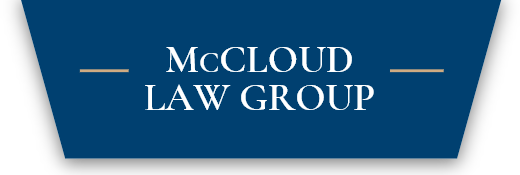
Should Employers Enroll in E-Verify? Pros and Cons
The U.S. Citizenship and Immigration Services, in partnership with the Social Security Administration (SSA), offers E-Verify to help employers instantly determine an employee’s eligibility to work. Initial confirmations and “Tentative Non Confirmations” are available in as little as three to five seconds.
The voluntary Internet-based program works by comparing the information from an employee’s Form I-9, Employment Eligibility Verification, with Department of Homeland Security and Social Security Administration records. Instead of simply retaining I-9s on file in their own offices, employers who enroll in E-Verify must enter the I-9s of all new hires into the program’s database.
There are both advantages and disadvantages to using E-Verify. Employers must weigh each and its relevance to their circumstances.
Five Benefits of Signing Up for E-Verify
• While E-Verify is generally voluntary, some states require employers to use E-Verify, and it is mandatory for some federal government contracts.
• E-Verify could become mandatory nationwide. Adopting it earlier affords employers more time to become familiar with it and adapt.
• E-Verify helps companies avoid hiring and training a person who turns out to be ineligible to work. It can eliminate “No Match” letters from the SSA notifying an employer that an employee’s reported social security number does not match government records.
• If an employer hires foreign nationals who recently received a degree in science, technology, engineering, or mathematics, enrolling in E-Verify may make those workers eligible to work an additional 17 months without the employer having to file H-1B petitions on their behalf
•Although using E-Verify does not provide a “safe harbor” from prosecution, it creates a “rebuttable presumption” that the employer has not violated section 274A(a)(1)(A) of the Immigration and Nationality Act (“Unlawful Employment of Aliens”).
Five Drawbacks of Signing Up for E-Verify
• E-Verify is not entirely free. Employers must allot time and resources to training and supervising staff to use the system and deal with the results of queries.
• E-Verify makes mistakes, issuing Tentative or Final Non-Confirmations for workers who are authorized to work, or stating “Employment Authorized” for workers who are not.
• Tentative Non-Confirmations open employers up to new legal risks. For example, employees have sued employers for discrimination for not providing proper notice and instructions for contesting a Tentative Non-Confirmation.
• E-Verify can lead to liability for privacy and discrimination violations. Federal and state laws require the safeguarding of I-9 information. Employers must make sure that their staff does not intentionally or accidentally misuse E-Verify data.
• Because the government can use E-Verify to mine data, it may find employers’ hiring mistakes that otherwise would not have been discovered. For example, employers enrolled in E-Verify must complete and submit I-9 forms by the third business day after a new hire’s first day of work. Consistently missing this deadline could trigger an I-9 inspection and fine. Employers who are not submitting
